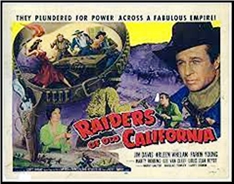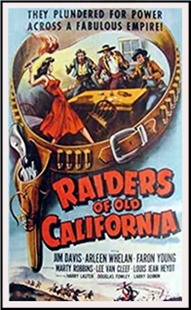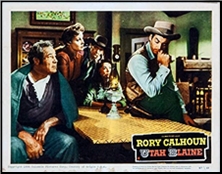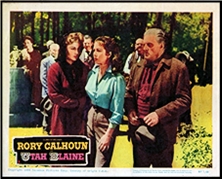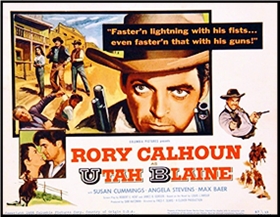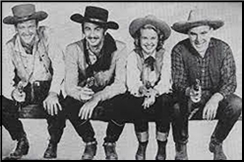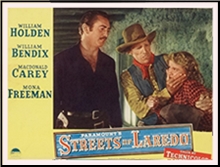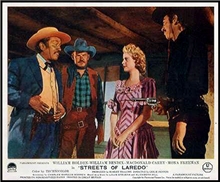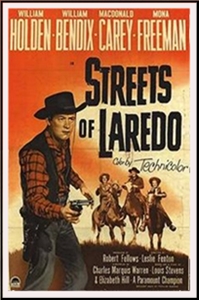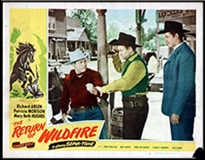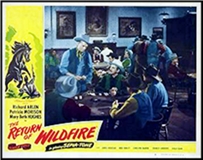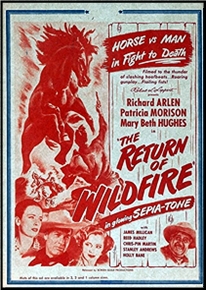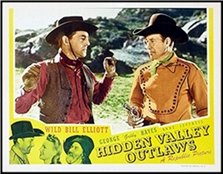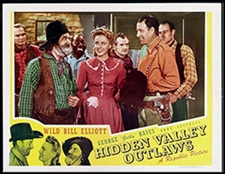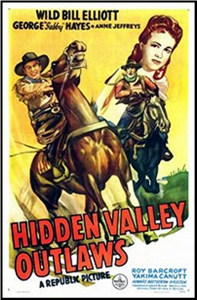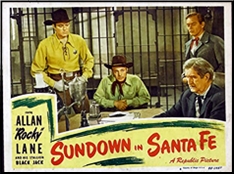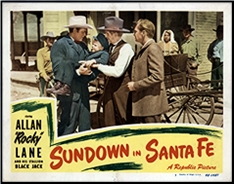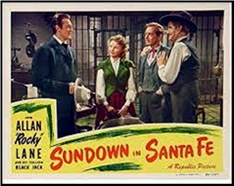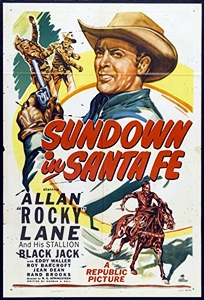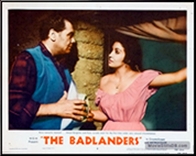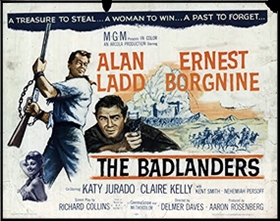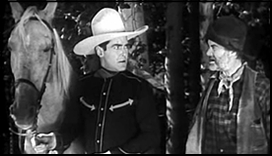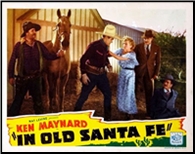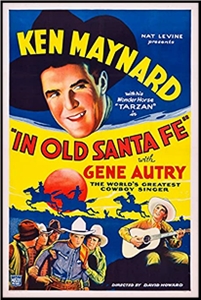Mon 13 Dec 2021
A Movie Review by David Friend: WILD WILD WEST (1999).
Posted by Steve under Action Adventure movies , Reviews , Western movies[14] Comments
WILD WILD WEST. Warner Brothers, 1999. Will Smith (James West), Kevin Kline (Artemus Gordon), Kenneth Branagh (Dr. Arliss Loveless), Salma Hayek, M. Emmet Walsh, Ted Levine. Loosely adapted from The Wild Wild West, a 1960s television series created by Michael Garrison. Director: Barry Sonnenfeld.

Soon after the American Civil War, impulsive Army Captain Jim West (Will Smith) sets out to find his parents’ killer: the bitterly ruthless ex-Confederate General ‘Bloodbath’ McGrath (Ted Levine). The trail leads to a West Virginia brothel where the blundering intervention of undercover U.S. Marshal Artemus Gordon (Kevin Kline) and an accidental nitroglycerin explosion causes McGrath to escape.
The two Americans may be on the same side, but they dislike each other on sight, so neither are pleased when President Ulysses S. Grant orders them to join forces and continue the hunt for McGrath, who has kidnapped several of the country’s best scientists in a plot which could destabilise the government.
Aboard Gordon’s gadget-laden train ‘The Wanderer’, the fiercely competitive pair follow a bloody clue to the New Orleans home of Dr. Arliss Loveless (Kenneth Branagh), a legless ex-Confederate officer and ingenious engineer in a steam-powered wheelchair and decorous goatee beard. Imprisoned there is singer Rita Escobar (Salma Hayek), who claims her father is one of the captured scientists. It seems that mysterious new weapons are being manufactured, one of which they discover to be an armoured vehicle – what we would now recognize as a tank – that has the power to kill dozens of soldiers in a single sweep.
Yet something even bigger abounds in an eighty-foot mechanical spider stocked with two nitroglycerin cannons. Loveless uses this war-machine to kidnap the President before threatening to destroy the United States if they aren’t divided among other nations and himself. The ensuing struggle on the cliffs of Spider Canyon ends with West – and the fate of the country itself – at risk of falling into a yawning abyss…

In the ’90s, making films of ’60s TV shows was a major trend. Baby boomers were buying tickets to see at the cinema what they had seen in their living rooms as kids. And so, after Batman, we got a cycle of remakes, mostly bad (Lost In Space, My Favourite Martian, The Saint) but some good (Mission Impossible, The Fugitive). Wild Wild West was yet another, based on the quirky action-adventure series made to weather the western genre’s declining popularity by having it capitalise on the James Bond craze – what you might call ‘spies-in-saddle’.
This film version must have sounded great at the time. People who had enjoyed Will Smith and middle-aged straight man Tommy Lee Jones being government agents in sci-fi comedy adventure Men In Black would surely watch Will Smith and middle-aged straight man Kevin Kline being government agents in western comedy adventure Men In Chaps. Smith even chose it over The Matrix, believing it could result in another of his “big Willy weekendsâ€.
Instead, Wild Wild West was a disaster. The script was re-written, scenes were reshot, and the budget ballooned until it became one of the most expensive films of all time. On release, it lost money and “won†five Razzies, including Worst Picture, Worst Screenplay and Worst Director. Smith has repeatedly joked about its failure. It might now be bundled alongside those two other self-afflicting franchise films of the late ’90s, Batman and Robin and The Avengers.

And yet, whereas I think such clunkers could be enjoyed as weird camp classics that just don’t care – the cinematic equivalent of streakers on a sports field – Wild Wild West is just bad.
The pace is off from the start: Smith’s first fight, though shot continuously, is placed either side of a languid scene with Kline in drag, immediately killing any excitement. From there, the humour is ribald, with two different sequences showing scantily-clad prostitutes, and at one point both main characters suggestively fondle a pair of fake breasts. It’s a strange attempt at a running joke with a crude pay-off, much later, in which Smith’s character beats his hands against a woman’s bosom.
The sexism becomes downright tasteless when Salma Hayek’s character unwittingly wears a buttock-exposing night-gown, much to the stunned pleasure of our heroes, who go on to mutter much innuendo built around the word “assâ€. Apart from that, in fact, Hayek is barely in the movie at all. She tries to join them by slipping onto their train, yet Smith’s character doesn’t believe she can handle herself and insists she get off again. The actress herself felt underused in what is little more than an extended cameo. You know they only put a woman in it so they could splash her over the posters.

Elsewhere, Ted Levine – playing yet another southerner – is dependable as always, though he gets dispatched halfway through with little consequence. Branagh is fun, and director Barry Sonnenfeld regularly has him wheel close to the camera to humorous effect. Thinking, though, of how Ken justified all this to his high-brow theatre friends in London is more entertaining than anything managed on set.
The balance, throughout, between Smith and Kline is not quite set and neither appear to be the foil. (Maybe they’re not meant to be equal? Note how the title drops the definite article of the original version, subtly giving Smith the eponymous character – did Kline not notice?).
Characterisation, too, is a bit ropey: at times, Kline gives us an amiably absent-minded scientist, proud of his gadgets and easily distracted by them, yet at others he seems cynical and condescending to his partner. And the decision to have him play the President too is just baffling. It made sense in Fierce Creatures when he was a father and son, but here it’s contrived, convenient and not at all cute.

Meanwhile, Smith’s loud, smart-guy persona seems a little anachronistic in the Old West – and though some of the race jokes work in his favour, others are just clumsy and misconceived, especially a sequence in which he must appease a lynch mob, and another that sees him doing a harem dance (even the director hated it).
Perhaps most importantly, the stakes in this thing are too fuzzily defined: why, for example, must Loveless be caught before the transcontinental railroad is inaugurated? And which is the super-weapon – tank or tarantula?
A boisterous, preposterous romp, Wild Wild West does show occasional flashes of inspiration: the opening, in which a terrified man is decapitated by a flying buzz-saw, is vividly Avengers-esque, and there’s playful humour in all manner of steampunk gadgets. Yet the film never enjoys its western trappings as thoroughly and warm-heartedly as, say, Maverick or Back to the Future Part III, and neither does it do anything with the world of spying. This is an espionage-western which isn’t interested in either genres, focusing instead on infantile comedy, tired buddy-cop tropes and empty, if eccentric, spectacle.
Had it been a light-hearted mystery-adventure with a sense of proportion, it could have been terrific. As a comedy, however, it’s a wild, wild mess.
Rating: **

